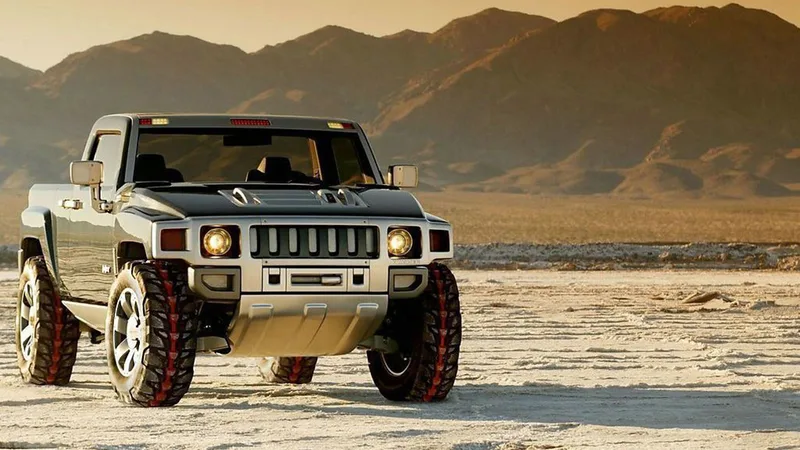As a well-known SUV brand, the replacement cycle of Jeep tires has always been a concern for car owners. As the only part of the car that contacts the ground, tires not only affect the driving performance of the vehicle, but are also directly related to driving safety. So, when do Jeep tires need to be replaced? This involves multiple factors, including driving conditions, frequency of use, road conditions, and the wear of the tires themselves.
First, from the manufacturer’s perspective, Jeep vehicle manufacturers typically recommend that owners change their tires after driving 50,000 to 70,000 miles. However, this is just a rough guideline and not a strict rule. Since each driver’s habits, vehicle usage conditions, and driving environments vary, the specific replacement cycle should be determined based on actual circumstances.
The wear condition of the tires is one of the important factors in deciding the replacement cycle. The tread depth is a key indicator of tire wear. As tires are used, the tread gradually wears down, and when its depth falls below the legally mandated minimum, it should be replaced immediately, even if the manufacturer’s recommended mileage has not yet been reached. This is because reduced tread depth decreases tire grip, which affects the vehicle’s braking performance and handling stability, increasing driving risks.

In addition to tread depth, visible damage such as cracks, bulges, or other noticeable defects on the tire surface are also clear signals that a replacement is needed. These damages not only affect tire performance but could also lead to serious incidents like blowouts, posing a threat to driving safety. Therefore, owners should regularly check the condition of their tires during daily use and replace them promptly if any abnormalities are found.
Furthermore, factors such as tire material, usage environment, and driving habits can also influence tire lifespan. For example, as an SUV, Jeep vehicles are often used in more challenging road conditions, such as off-road or mountainous terrains, which can accelerate tire wear. Therefore, owners who frequently drive in these conditions should pay more attention to tire wear and consider shortening the replacement cycle accordingly.
At the same time, the driver’s habits can also impact tire longevity. Aggressive driving behaviors like rapid acceleration, hard braking, and sharp turns can accelerate tire wear and aging. Thus, it is recommended that owners maintain a smooth driving style in daily driving to extend the lifespan of their tires.
In summary, the replacement cycle for Jeep tires is not fixed but is influenced by various factors. Owners should assess their replacement cycle based on their driving habits, vehicle usage conditions, and driving environments. Additionally, regularly checking and maintaining tires is an important measure to ensure driving safety. Only by keeping tires in good condition can vehicle performance and safety be ensured, safeguarding the owner’s travels.
